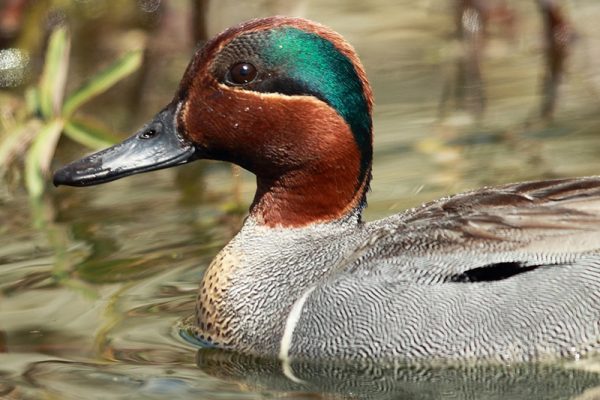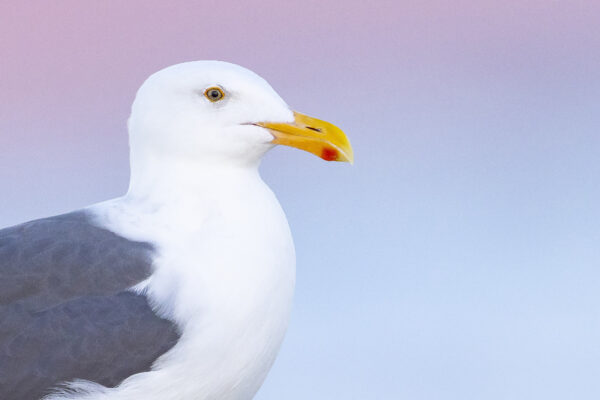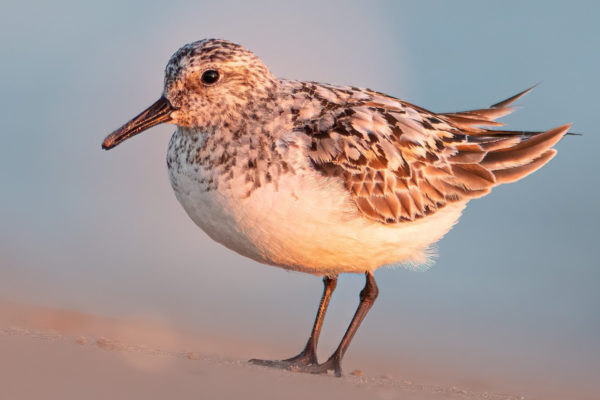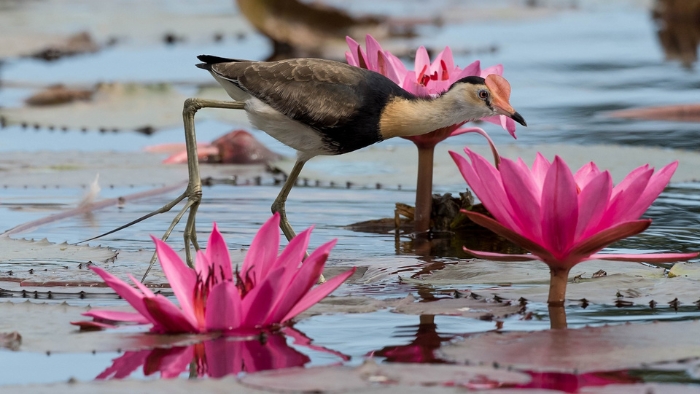Birds by the Water
Let’s dive into the watery world of birds!
These birds live where water takes many forms—ponds, rivers, oceans, and more. Each place holds its own surprises. You may not expect just how many birds depend on waterside environments. Let’s explore bird life near the water with this quick overview! Scroll to the gallery at the end of the page to see these birds in action.
Fresh- and Saltwater Marshes, Ponds, and Lakes
Wetlands are teeming with life—plants, insects, and birds all tangled together in a rich, thriving habitat they call home.
- Gallinules and jacanas with extra-long toes walk across lily pads.
- Wading birds like herons, ibises, flamingos, and storks hunt in the shallows.
- Rails easily slip through dense marsh vegetation with their thin, “laterally compressed” bodies—they’re literally skinny as a rail!
- Water-loving wrens, warblers, and blackbirds nest in marsh grasses and feed their chicks.
- Egrets nest in trees above flooded swamps.
- Wood Ducks nest in tree cavities near fresh water.
- Plovers, sandpipers and other shorebirds dart through beaches and mudflats, picking out invertebrates.
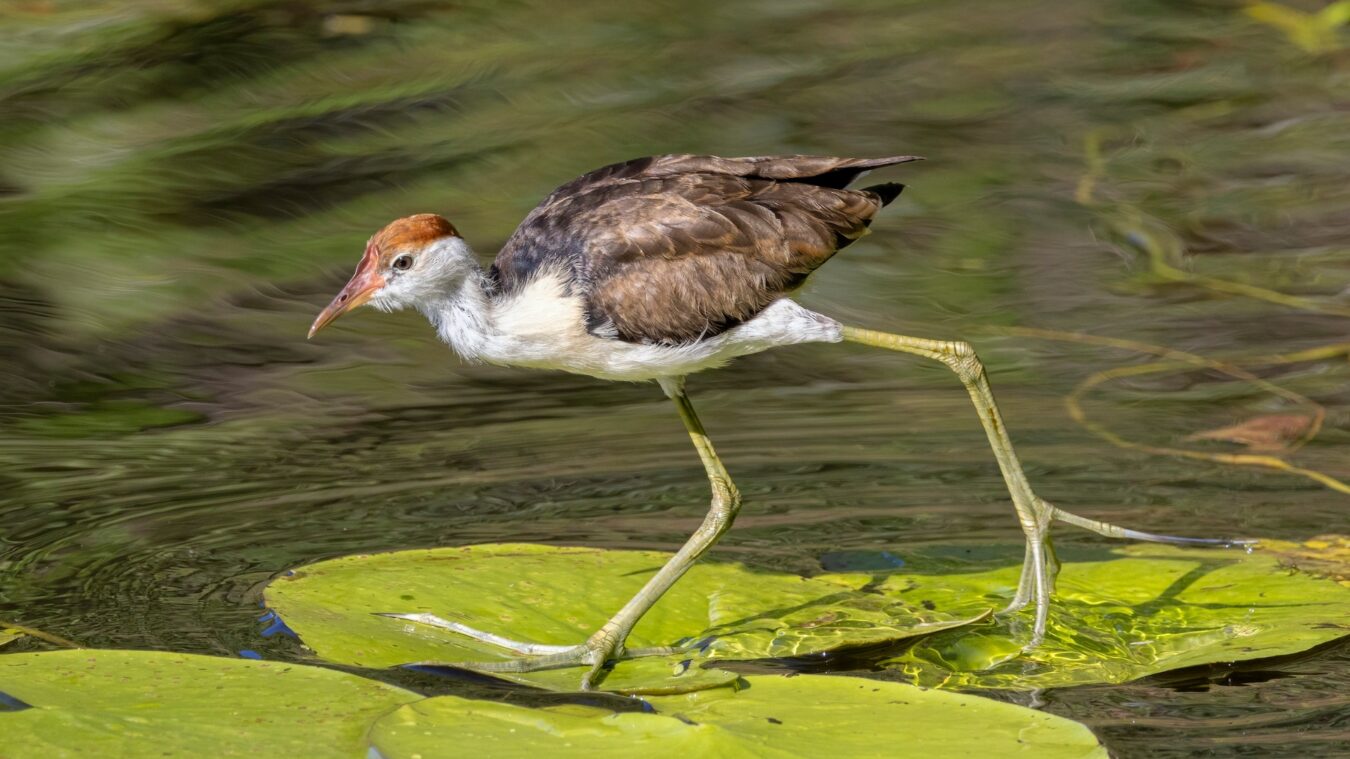
Shorebirds can be found in places you might not expect, including marshes! Learn to ID the Shorebirds you see with our online course.
Oceans
Seabirds have special adaptations for surviving and thriving in ocean environments, contending with wind, salt, and vast stretches of ocean water.
- Penguins have layers of fat to keep them warm and use their flipper-like wings to dive deep in icy southern seas.
- Terns and gulls nest in tightly packed colonies for protection from predators.
- Gannets and tropicbirds plunge from the sky into the water to catch fish, folding their wings for streamlined impact.
- Storm-petrels and shearwaters ride ocean wind currents and track prey by scent.
- Frigatebirds and jaegers rely on speed and agility to steal food from other seabirds.
- At beaches, Sanderlings find prey at the water’s edge as they chase the waves in and out.
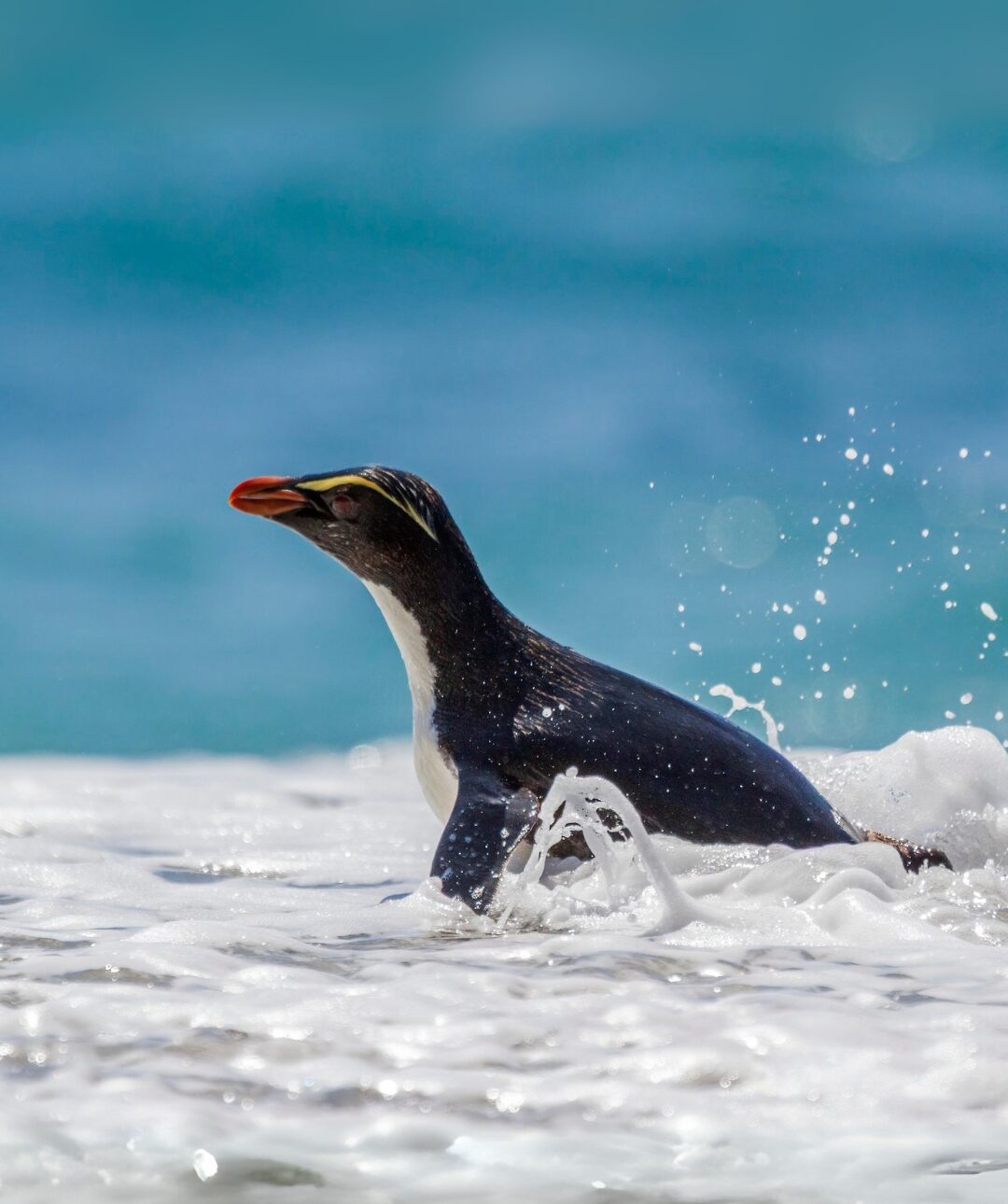
Rivers and Waterways
The rocky banks and moving water of freshwater habitats call for agility and clever foraging strategies.
- Kingfishers can dive from perches to catch fish in shallow currents.
- Ibisbills hunt in rocky riverbeds using their long, curved bills.
- Dippers walk and feed underwater in cold, fast-flowing mountain streams.
- Herons and egrets use long legs and sharp bills to stalk prey along the edges.
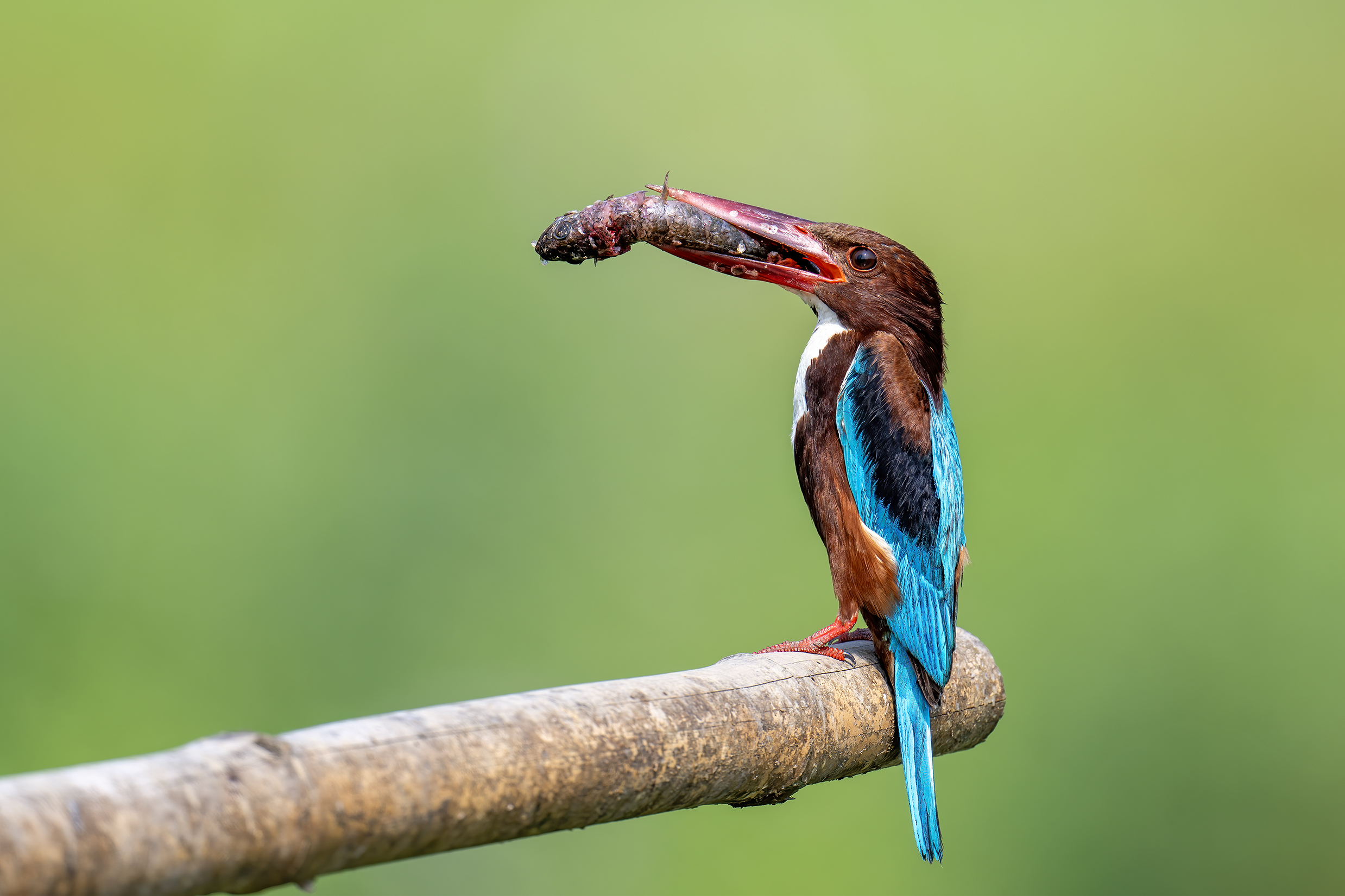
Gallery: Birds by the Water
See these birds in action in beautiful photos taken by birders the world over and shared with the Macaulay Library. You might catch a glimpse of a bird you haven’t met yet!
More to Learn: Foraging at the Water’s Edge
Now that we’ve explored where waterbirds live, it’s time to dive into how they feed. Enjoy more photos and a deeper dive into the exciting world of birds Foraging by the Water.
Birds by the Water with Bird Academy
Bird Academy’s self-paced online courses can help you learn to ID and connect to the birds you see in any environment. Here are a few great courses all about birds that make their living at the waterside.
Off
